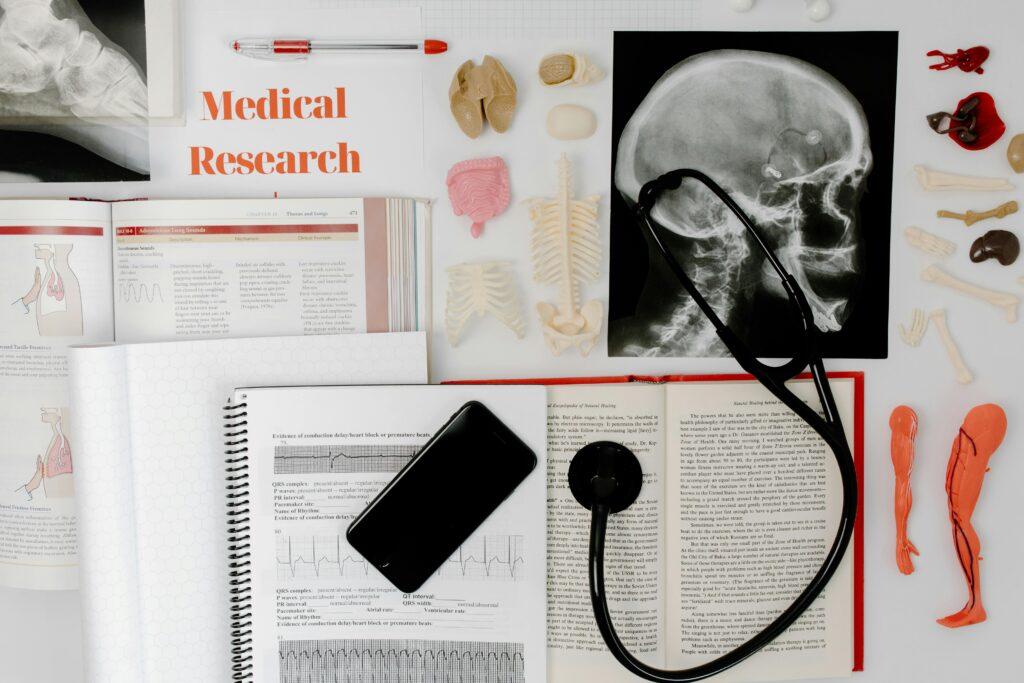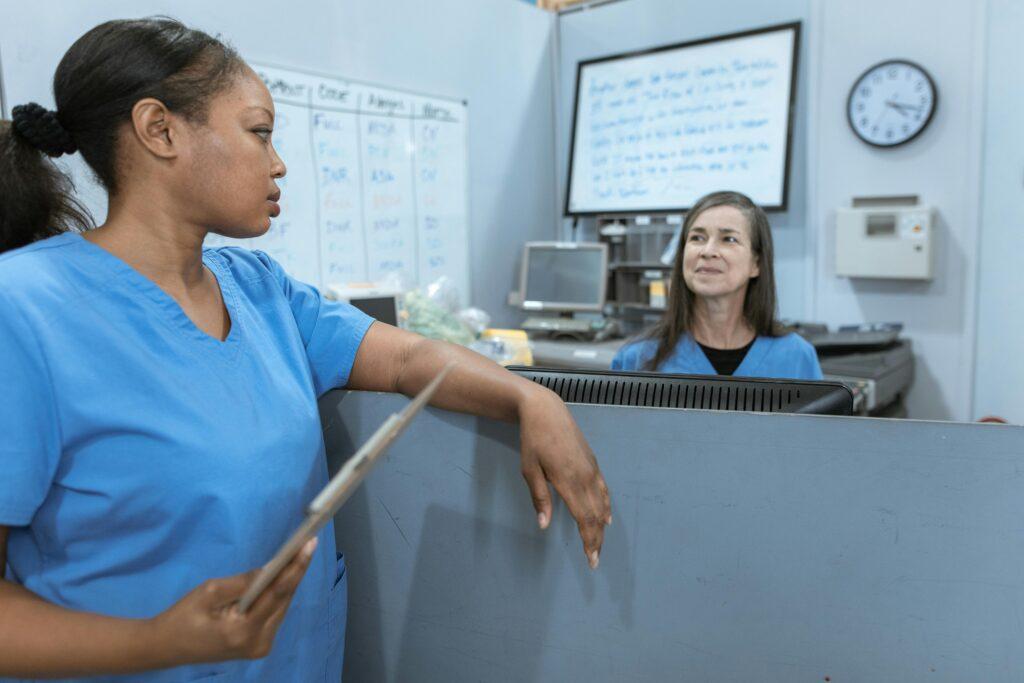Exploring nursing home medical records isn’t typically the first task in legal work. These extensive documents include administrative data, hospital records, physician orders, progress notes, care plans, and therapy records.
Deciphering them poses a common challenge for lawyers and paralegals dealing with medical aspects. What if there’s a way to streamline this process? Seeking assistance in unraveling these records can save time and enhance case strategies.
Let’s delve into it.
Challenges Faced by Attorneys and Paralegals in Nursing Home Medical Records

In legal disputes, medical records are vital evidence for assessing resident care. Yet, attorneys and paralegals, while legal experts, may find interpreting these records challenging.
Common challenges in understanding medical records include:
- Medical Jargon: Deciphering medical records is akin to reading a foreign language, filled with terms like “nosocomial” (conditions from healthcare settings) or “idiopathic” (unknown causes). Though the terms may sound foreign, an understanding of them can be crucial in a legal case.
- Categorization: While clear to healthcare professionals, the categories in records can confound legal teams, potentially overlooking critical details like administrative data, hospital records, physician orders, assessments, and care plans.
- Legibility Issues and Inconsistency: Unique abbreviations like “c/o” (complaining of) can create confusion. What’s standard in healthcare might hinder legal understanding, introducing inconsistency and difficulty.

- Identification of Standards of Care: The standards of care are vital benchmarks for quality and accountability. For example, in a fall case, it’s crucial to assess if risk assessments were done. Additionally, was there a care plan with fall prevention measures in place? Without understanding these standards, proving negligence is challenging.
- Exploring Electronic Health Records (EHR): EHRs aim to streamline patient data but varied configurations among facilities pose challenges for legal professionals, making record interpretation complex and time-consuming.
- Privacy and Compliance Issues: HIPAA demands strict privacy standards. Law firms use specialized software to handle records securely. Non-compliance can lead to penalties and reputation damage for legal professionals.

Understanding and Decoding Nursing Home Medical Records
Decoding nursing home medical records requires an understanding of their various categories and the critical information each holds. These records are comprehensive, covering every aspect of a resident’s care, medical history, and administrative details
Here are some notable categories of nursing home medical records and their significance:
Physician Orders
These records contain directives from a resident’s physician regarding their care, including medications, therapies, and dietary needs.
For example, a physician’s order might specify that a resident with diabetes should receive insulin injections at specific times of the day. It might also include orders for physical therapy to address mobility issues, demonstrating how these directives guide the day-to-day management of the resident’s health.
Progress Notes
Progress notes are kept by healthcare professionals and detail the day-to-day observations of the resident’s condition, responses to treatments, and any changes in health status.
For instance, if a resident is recovering from surgery, the progress notes might document the appearance of the surgical site, the resident’s pain levels, and any complications or signs of infection. These notes help track the resident’s recovery and provide evidence for adjusting care plans as necessary.

Minimum Data Sets (MDS) and Care Plans
The MDS is a standardized assessment tool used to evaluate the needs of nursing home residents. Based on this assessment, a care plan is developed, outlining the goals and strategies for addressing the resident’s specific needs. For example, an MDS might reveal that a resident is at risk for falls.
Depending on the factor that places the resident at risk for falls, the resulting care plan could include interventions such as physical therapy, installing bed rail to assist with mobility, offering toileting assistance before and after meals and at a designated time interval, and ensuring items of frequent use are in easy reach.
Medication Administration Records (MARs)
The MAR is an account of medications that a resident has been prescribed, including the dosage, time, and route of administration. Licensed nursing staff documents the administration of the prescribed medication within the MAR. Observation of the efficacy or any side effects of medications should be monitored and documented.
For example, if a resident is prescribed a new blood pressure medication, the time of the medication administration, blood pressure readings, should be recorded in the MAR allowing healthcare providers to monitor the efficacy and to make changes, if needed.
Risk Assessment Records
These records identify risks to the resident’s health and safety, facilitating the implementation of preventive measures.
For example, if a resident is at high risk of pressure ulcers due to limited mobility, the nursing home staff would take preventive steps like regular repositioning, using special mattresses, and monitoring the skin for early signs.
Therapy and Dietary Records
These categories document any therapeutic interventions and dietary plans, reflecting the multidisciplinary approach to resident care. They include physical, occupational, and speech therapies, as well as nutritional plans tailored to each resident’s needs.

Activities/Recreational Therapy Records
Highlighting the importance of holistic care, these records document engagement in social and recreational activities, which are vital for maintaining residents’ mental and emotional well-being.
Social Service Records
This category includes documentation related to the social and emotional support services provided to residents, assistance with personal affairs, and family engagement.
Lab Results/X-rays
Medical records in this category include the results of laboratory tests and imaging studies, such as blood tests, urinalysis, X-rays, and MRIs.
For example, an X-ray record might reveal the progression of osteoarthritis in a resident’s knee, influencing the adjustment of pain management strategies and physical therapy plans. Lab results might show changes in a resident’s blood sugar levels, prompting a review and modification of their diabetes management plan.
Certified Nursing Assistant (CNA) Documentation
CNAs are important in the day-to-day care of nursing home residents. They provide vital care to those in nursing home facilities. The CNAs documentation provides insights into the daily routine care and assistance.
This might include records of bathing, dressing, feeding, mobility assistance, and monitoring of vital signs. For instance, CNA documentation could detail the assistance given to a resident with severe arthritis in performing daily tasks (activities of daily living), or the monitoring of a resident’s meal and fluid intake to monitor their nutrition as well as outputs and weights to aid in the management of heart failure symptoms.

Call E Wills Legal Nurse Consultants to Make Medical Records Simple
Deciphering nursing home medical records involves tackling medical jargon and various documents, as well as spotting negligence or non-compliance. E Wills Legal Nurse Consultants offer meticulous reviews to identify care deviations. Contact us for assistance with your nursing home case.

